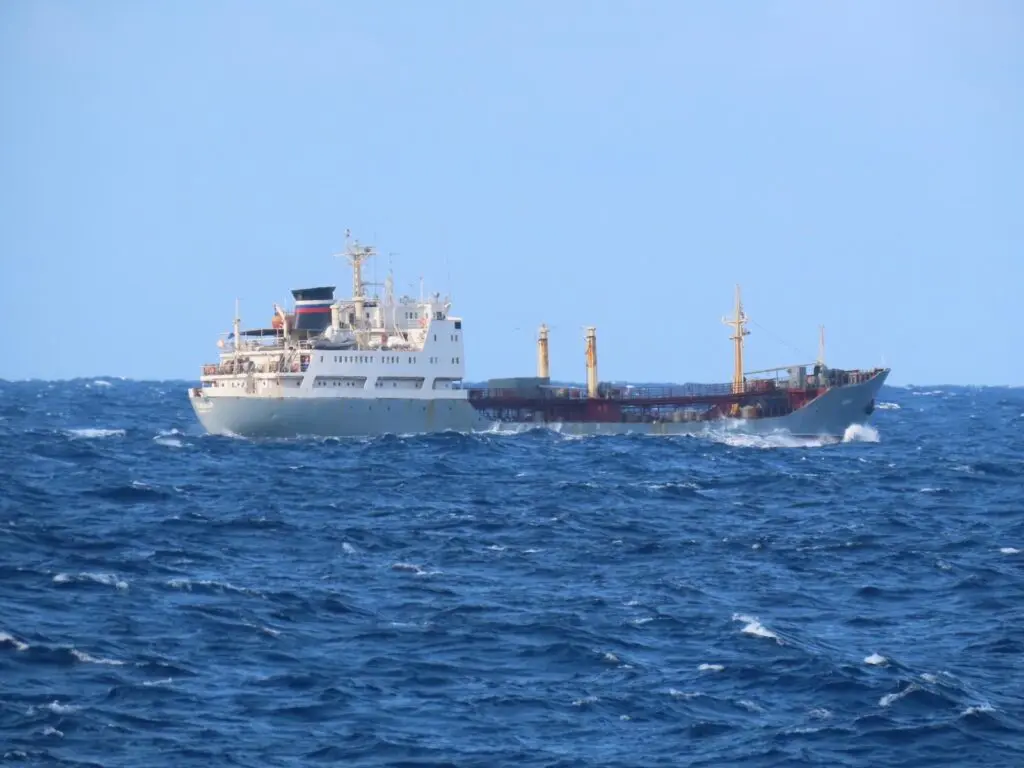In what can be seen as a new challenge to the United States, the Russian Navy has deployed a new flotilla heading toward the Caribbean Sea. Just over a month since the visit to Cuba by the nuclear-powered submarine Kazan and the frigate Admiral Gorshkov, it is expected that a new group of Russian ships will soon arrive at the port of Havana. This time, the flotilla is led by the frigate Neustrashimy from the Baltic Fleet.

Despite the lack of an official announcement or information from Russian official media, the first indications that a new flotilla from the Russian Navy was heading to the Caribbean Sea emerged in mid-month when the Portuguese Navy detected the presence of the ships as they transited innocently through its Exclusive Economic Zone.
According to the Ministry of the Revolutionary Armed Forces, the upcoming visit of a group of Russian ships led by the mentioned frigate Neustrashimy from the Baltic Fleet was confirmed, accompanied by the tanker Yelnya and the training ship Smolny. From their official accounts, they indicated: “Between July 27 and 30, a group of ships from the Baltic Fleet of the Russian Federation composed of the training ship ‘SMOLNY,’ the patrol ship ‘NEUSTRASHIMY,’ and the offshore tanker ‘YELNYA’ will make a working visit to the port of Havana.” They added: “During their stay in our country, the Russian sailors will carry out a program of activities that includes courtesy visits to the Head of the Revolutionary Navy, the Governor of the capital, and tours of historical and cultural sites.”


The new presence of Russian ships in the region prompted the necessary response from the United States and Canada, which deployed ships and destroyers to monitor and track the activities of the Russian Flotilla heading to Cuba as it sailed off the coast of Florida. Among the U.S. and Canadian naval assets, the destroyer USS Truxtun, Coast Guard cutters, and HMCS Ville de Québec can be listed.

Finally, regarding the Neustrashimy, it is one of the two Project 11540 “Yastreb” class frigates in service with the Baltic Fleet of the Russian Navy. Built in the final days of the Soviet Union, it entered service in 1993. It has a displacement of 3,800 tons, a length of 129 meters, and a beam of 15.6 meters.
You may also like: After detecting a Russian Navy Kilo II-class attack submarine, the deployment of the Portuguese Air Force’s P-3C Orion in the Baltic Sea concluded









